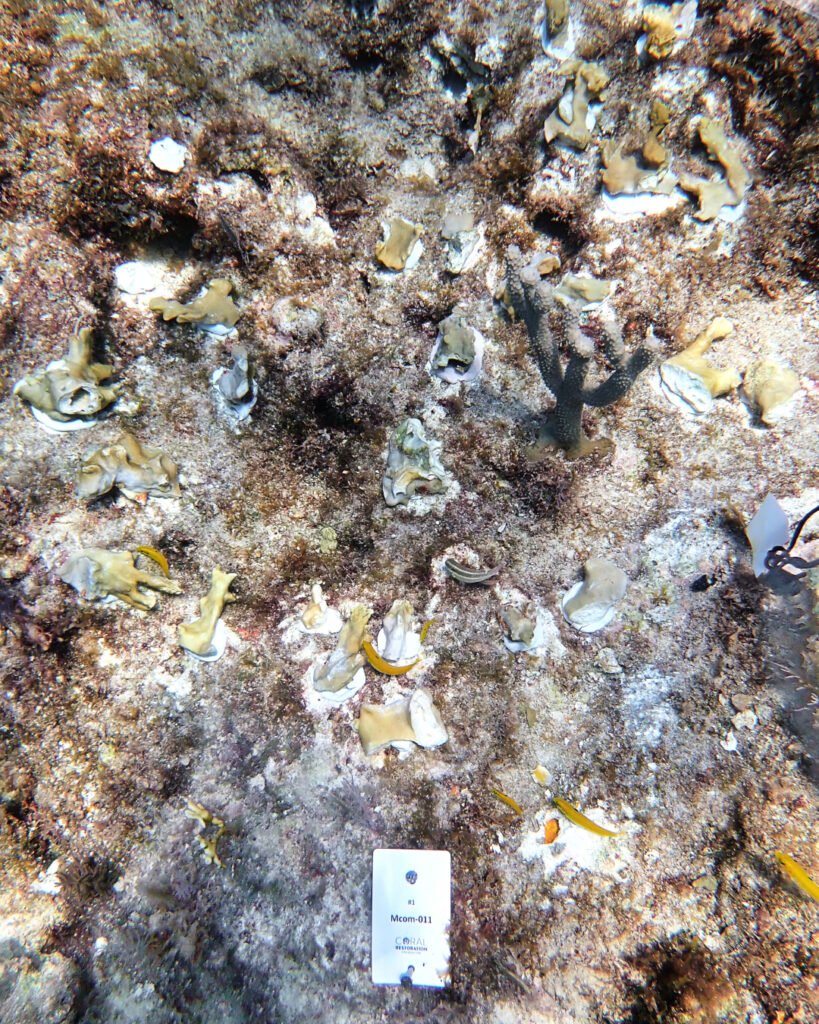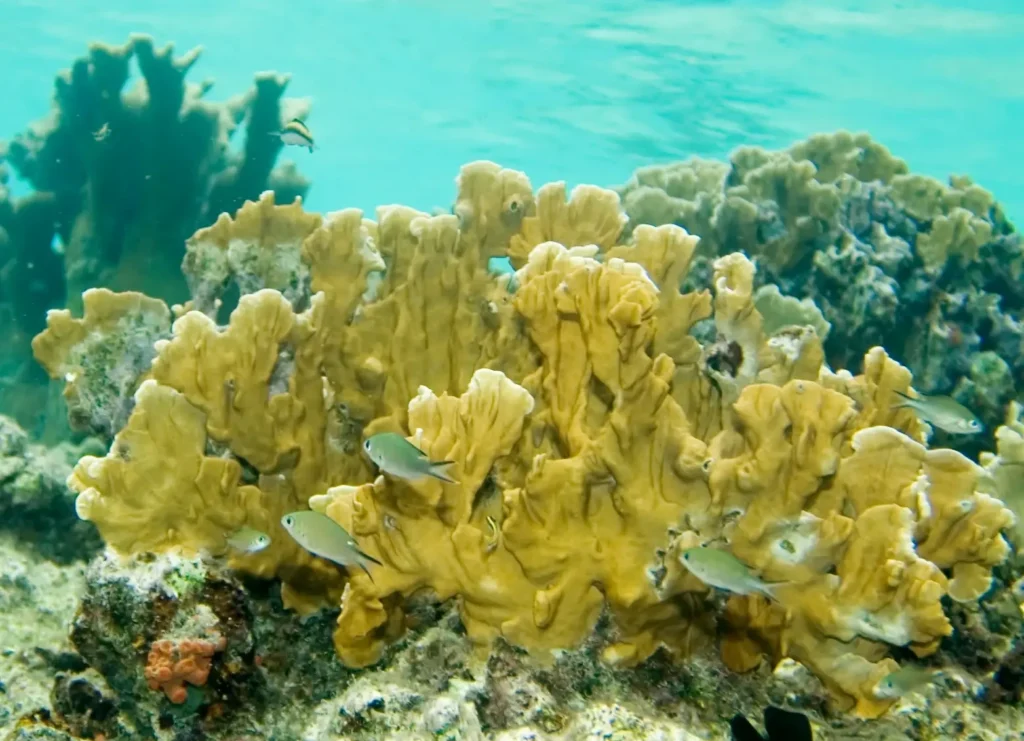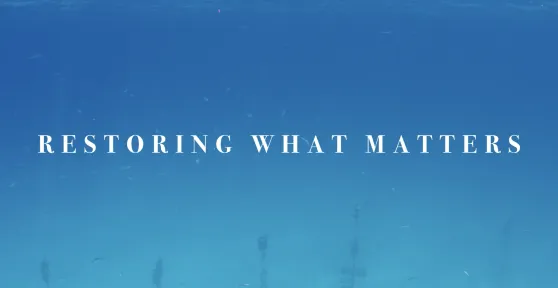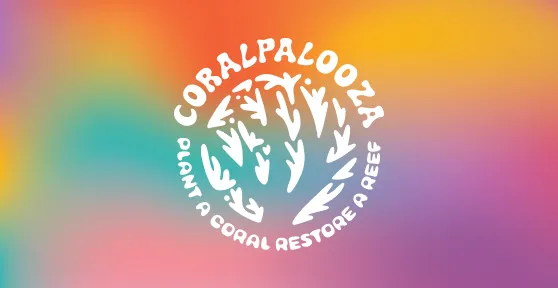Coral Restoration Foundation™ successfully outplants Blade Fire Coral at Carysfort Reef North, marking an exciting milestone in advancing reef biodiversity and resilience.
A New Chapter in Coral Restoration
Last month, Coral Restoration Foundation™ reached an exciting milestone with the successful outplanting of 212 Blade Fire Corals (Millepora complanata) at Carysfort Reef North. This effort marks the first time CRF™ has outplanted this species, broadening our restoration portfolio to include new types of reef-building organisms.

Photo: Jessie Dambra for Coral Restoration Foundation™
Carysfort Reef North was chosen as the site for this pilot project based on its stable substrate, long restoration history, and comprehensive monitoring data. The 212 individual fire corals were propagated and grown in our ocean nursery from collected fragments and outplanted following all state and federal permitting requirements.
These corals will be carefully monitored over the coming months to track survival and growth. This data will inform our ongoing efforts to integrate multiple coral species into restoration designs, helping develop more resilient and ecologically representative reef systems across Florida’s Coral Reef.
Rebuilding Reef Diversity and Resilience
Millepora complanata, commonly known as Blade Fire Coral, is a hydrocoral species found throughout the Caribbean. While not a “true” stony coral, it plays an equally important role in reef ecosystems. Fire corals provide structure and habitat for marine life, strengthen reef frameworks, and contribute to overall reef resilience. Their complex, blade-like shapes create essential shelter for fish and invertebrates, helping reefs function as vibrant and diverse ecosystems.
Over the past several decades, Blade Fire Coral populations in the Florida Keys have faced steep declines. Rising ocean temperatures, coral bleaching, and habitat degradation have all taken a toll on this species. These same stressors threaten the survival of stony corals, which means the loss of Millepora complanata also impacts the reef’s overall health and ecological function.

By incorporating Blade Fire Coral into our restoration strategy, CRF™ is working to restore reefs that better reflect the diversity of natural coral communities. Expanding restoration beyond traditional stony corals builds ecosystems that are not only more complete but also better equipped to adapt to environmental stress.
Expanding the Future of Coral Restoration
The introduction of Blade Fire Coral into active restoration marks meaningful progress toward rebuilding more complex and resilient reef ecosystems. By expanding our work to include Millepora complanata, we are restoring not only structure, but also the ecological functions that sustain life on the reef.
This effort demonstrates how coral restoration science continues to evolve. The lessons learned from this pilot will shape how we integrate a broader range of coral species into restoration strategies across Florida’s Coral Reef.
Our goal remains clear: to build thriving, self-sustaining reefs capable of adapting to a changing ocean and supporting healthy marine communities for generations to come.
Written by: Phanor Montoya-Maya and Chelsea Co




